Despite kratom’s growing popularity in the United States, the product remains unregulated on a federal level. Kratom vendors operating within US states that haven’t enacted the KCPA (Kratom Consumer Protection Act) aren’t required to meet any product standards or conform to any specific quality assurance standards.
That said, kratom still falls under the purview of the United States Food and Drug Administration (FDA) — an organization that has expressed concern regarding some kratom’s heavy metal and bacterial toxicity. While the FDA has repeatedly worked on an FDA ban of kratom, they have also recalled many bacteria-contaminated kratom products in the past, heavy metal toxicity also poses a significant threat to consumer safety.
Ingesting bacteria like salmonella can cause intense gastric distress as pathogens pass through the digestive system. However, unlike salmonella and other bacteria, heavy metals slowly accumulate in the body over time where they can remain in teeth, bone, and tissues for weeks, if not years. As a result, an excess buildup of heavy metals can rapidly degrade human health long before symptoms become apparent.
To assess the threat of kratom heavy metal toxicity, the FDA conducted a series of product kratom studies earlier in 2019. Although polarizing, their findings — which were published online — carry significant implications for the future of the kratom industry and the safety of its consumers.
FDA Kratom Testing Results
On April 3rd, 2019, the United States FDA published their analysis of thirty different kratom products from a variety of US-based kratom vendors. According to the FDA, many of these products contained “significant levels of lead and nickel at concentrations that exceed safe exposure,” with the average product containing 5425ng (nanograms) of nickel and 613ng of lead per gram.
Given the kratom heavy metal toxicity of these products, the FDA stated that “heavy kratom users may be exposed to levels of lead and nickel many times greater than the safe daily exposure.” Because both lead and nickel are toxic to humans and ingestion serves no biological benefit, the FDA also noted that the side effects of exposure could include “nervous system or kidney damage, anemia, high blood pressure, and/or increased risk of certain cancers.”
The FDA is no stranger to the ill effects of the heavy metals found in kratom: every year, the organization tests thousands of products from food and health supplements to cosmetics.
Currently, the FDA classifies lead as a Class 1 impurity meaning that it possesses a high level of toxicity and “[has] limited or no use in the manufacture of pharmaceuticals.” When ingested in higher-than-normal quantities, lead can damage neurological, reproductive, cardiovascular, and immune health. The metal can also cause developmental delays and cognitive deficits in children, who are particularly sensitive to consumption and exposure.
The FDA also classifies nickel — the second kratom heavy metal found in the tested samples — as a Class 2A impurity, meaning that it is concerning, but not as concerning as lead. At high doses, nickel is suspected of being carcinogenic, and overexposure has been associated with increased lung cancer risk. However, nickel’s exact toxicity is less well-established than that of lead.
What Are Nickel and Lead, and Why Are They in Kratom?
While the FDA’s kratom testing might be troubling at first glance, there’s more to the picture than what’s immediately apparent.
For starters, nickel and lead — the kratom heavy metals identified by the FDA — are found naturally in hundreds of plants, including kratom. Lead accumulates in soil over time where it can remain active for centuries. Plants can then absorb lead through the soil and pass it up through the food chain via bioaccumulation. On the other hand, nickel is found naturally in food and water, and unlike lead, is essential to many plants.
Throughout our lives, we’re regularly exposed to lead and nickel at various concentrations. While some amount of lead and nickel consumption is unavoidable, both heavy metals become environmental contaminants and toxins at higher-than-normal amounts. Therefore, protecting yourself from these kratom heavy metals has more to do with limiting exposure rather than complete abstinence.
The FDA understands the necessity of limiting consumer exposure to heavy metals and has set allowable limits for their presence in water, cosmetics, and many other products. In their guidelines for pharmaceutical products, the FDA defines the permitted daily exposure for lead as 5mcg (micrograms) and 220mcg for nickel. However, many of the tested kratom products’ toxicity levels fall well below those limits, with some products containing as little as 0.5mcg of lead and 1.57mcg of nickel.
Another explanation for the presence of lead and nickel in kratom products involves the environments in which they’re produced. Although kratom isn’t a pharmaceutical product, kratom products are often packaged and processed in pharmaceutical-like environments where manufacturing equipment can be contaminated with impurities like lead and nickel. As a result, soil-borne levels of kratom heavy metals like lead and nickel could increase as these products pass through contaminated manufacturing equipment and container closure systems.
Contextualizing the Results: Heavy Metals in Other Products
While the FDA kratom testing has drawn attention to high levels of nickel and lead in various kratom products, the same heavy metals are present in thousands of products used by Americans every day at similar — and in some cases, higher — concentrations.
A 2018 study found measurable levels of at least one heavy metal including cadmium, inorganic arsenic, and lead in a variety of tested baby food brands like Earth’s Best and Gerber. The heavy metal content was high enough in fifteen of the tested foods to pose a health risk to children who ate as little as one serving daily. For infants and children, the risks of high heavy metal consumption include irreversibly impaired cognitive function, behavioral problems, and lifelong health issues like diabetes, autism, and ADHD.
The kratom heavy metals identified by the FDA aren’t exclusive to kratom or kratom products. Instead, heavy metal toxicity is a widespread health risk that’s compromising a significant number of consumer goods.
Reactions, Responses, and the Future
The detection of lead and nickel in the FDA’s kratom testing report has concerned many American kratom consumers. However, the FDA’s test results have also emphasized the necessity of raising kratom product standards.
Thankfully, since the FDA originally published their test results in April of 2019, the American kratom industry has taken several strides towards improving product quality and reducing consumer risk.
Since the start of 2019, more American kratom vendors have been actively testing their products for kratom heavy metals and, in many cases, publishing their lab results online. Some vendors even test their kratom in batches and store their test data digitally to ensure that every gram and product is verified and logged before being shipped out.
Customers have also taken a greater interest in kratom product transparency. The FDA’s kratom product test results have illuminated the potential health risks of untested kratom to many buyers who were previously unaware of the prevalence of product contamination. Now, Americans are more likely to purchase kratom from high-quality kratom vendors who routinely perform lab tests and import their products from reliable sources.
The dangers of kratom heavy metals and the push for greater accountability have also influenced American legislation. In early 2019, the American Kratom Association — a non-profit kratom advocacy organization — introduced the Kratom Consumer Protection Act, a bill developed to increase kratom vendor accountability via stricter product quality and labeling requirements. So far, versions of the KCPA have been passed in several states, including Utah, Georgia, Arizona, Nevada, and Oregon. The bill is also being considered in Idaho, Kansas, Missouri, and Michigan.
While the FDA’s kratom testing report has generated considerable controversy, their kratom heavy metal test results have also created momentum for positive change within the American kratom industry. With a newfound emphasis on vendor transparency and product safety, it seems that America’s kratom consumers are in better hands than ever.
-
Top Seller
Maeng Da Kratom Powder
From $19.99 Shop Now This product has multiple variants. The options may be chosen on the product page Quick View -
Best Seller
Premium Commercial Bali Kratom Powder
From $12.99 Shop Now This product has multiple variants. The options may be chosen on the product page Quick View -
Best Seller
White Vein Borneo Kratom
From $11.99 Shop Now This product has multiple variants. The options may be chosen on the product page Quick View -
Best Seller
Green Malay Kratom Powder
From $12.99 Shop Now This product has multiple variants. The options may be chosen on the product page Quick View -
Best Seller
Thai Red Vein Kratom
From $14.99 Shop Now This product has multiple variants. The options may be chosen on the product page Quick View
Get Premium-Grade Kratom Delivered to Your Door
At Kratora, we carry a diverse selection of high-quality kratom sourced directly from nature and all our products are comprehensively lab-tested. From classics like Red Bali to lesser-known favorites like White Sumatra, our varied inventory is sure to have something for everyone.
Shop with us today to receive same-day shipping on orders submitted before 3 PM EST Monday through Friday and 1 PM EST on Saturdays (excluding holidays).
Please note that the US FDA has not approved kratom to be sold for human consumption, sold for external use only. The statements in this article have not been evaluated by the FDA. None of the products sold on our website are intended to diagnose, treat, cure, or prevent any disease or medical condition.
Want to learn more about kratom quality and value? Start here:
Why Buying Cheap Kratom Can Be Dangerous

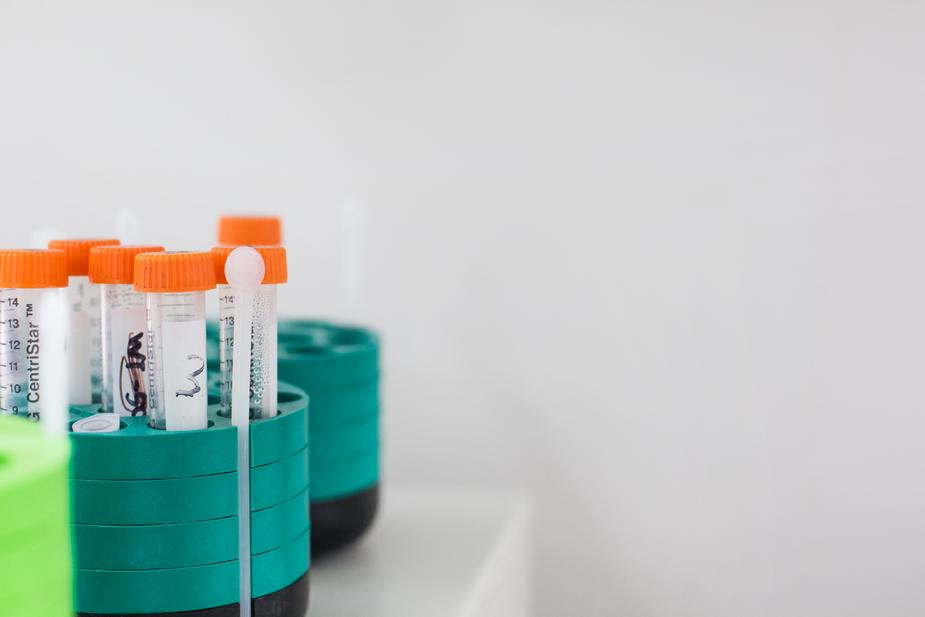


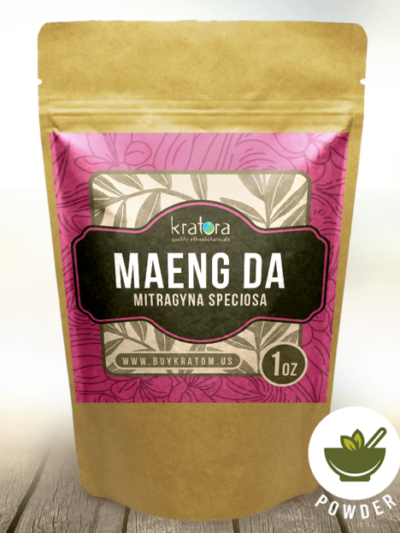
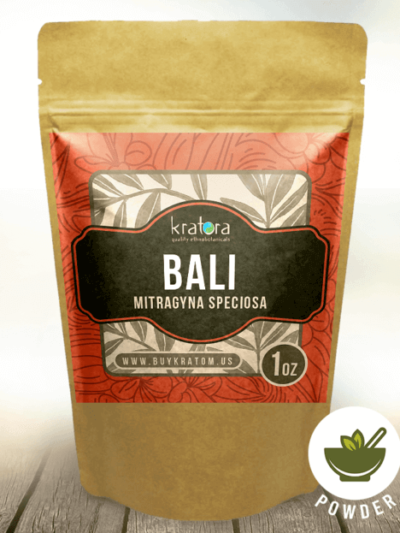
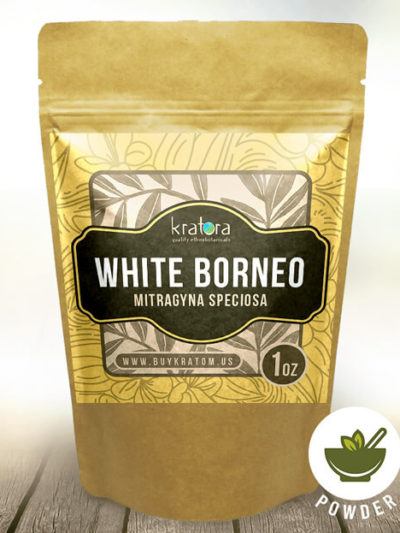
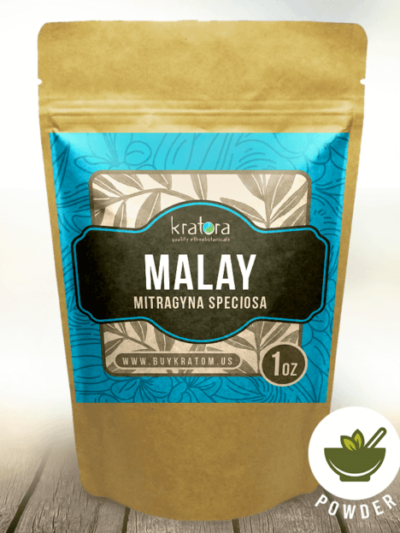
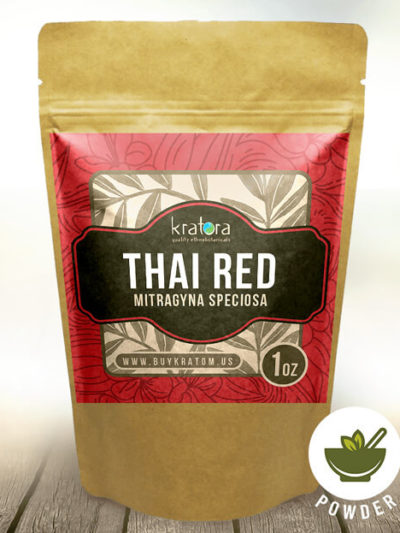

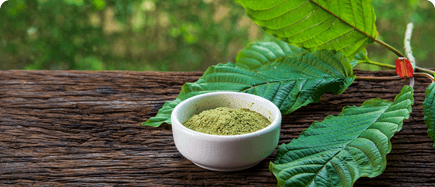
Legislation around lead changed in the mid 70’s and has reduced environmental lead exposure. Using a study from the mid 70’s to try and make lead exposure from plants seem normal is very misleading and hurts the credibility of the rest of the write up.
“the levels of these elements in foods do not vary significantly from one year to the next.” well no shit, when similar lead levels have been dispersed in the environment consistently for decades there will be little significant variation year to year.
Here’s something to give you some perspective:
https://www.ncbi.nlm.nih.gov/pmc/articles/PMC6522252/
“From 1976-1980 to 2015-2016, the geometric mean blood lead level of the US population.. dropped from 12.8 to 0.82 μg/dL, a decline of 93.6%”